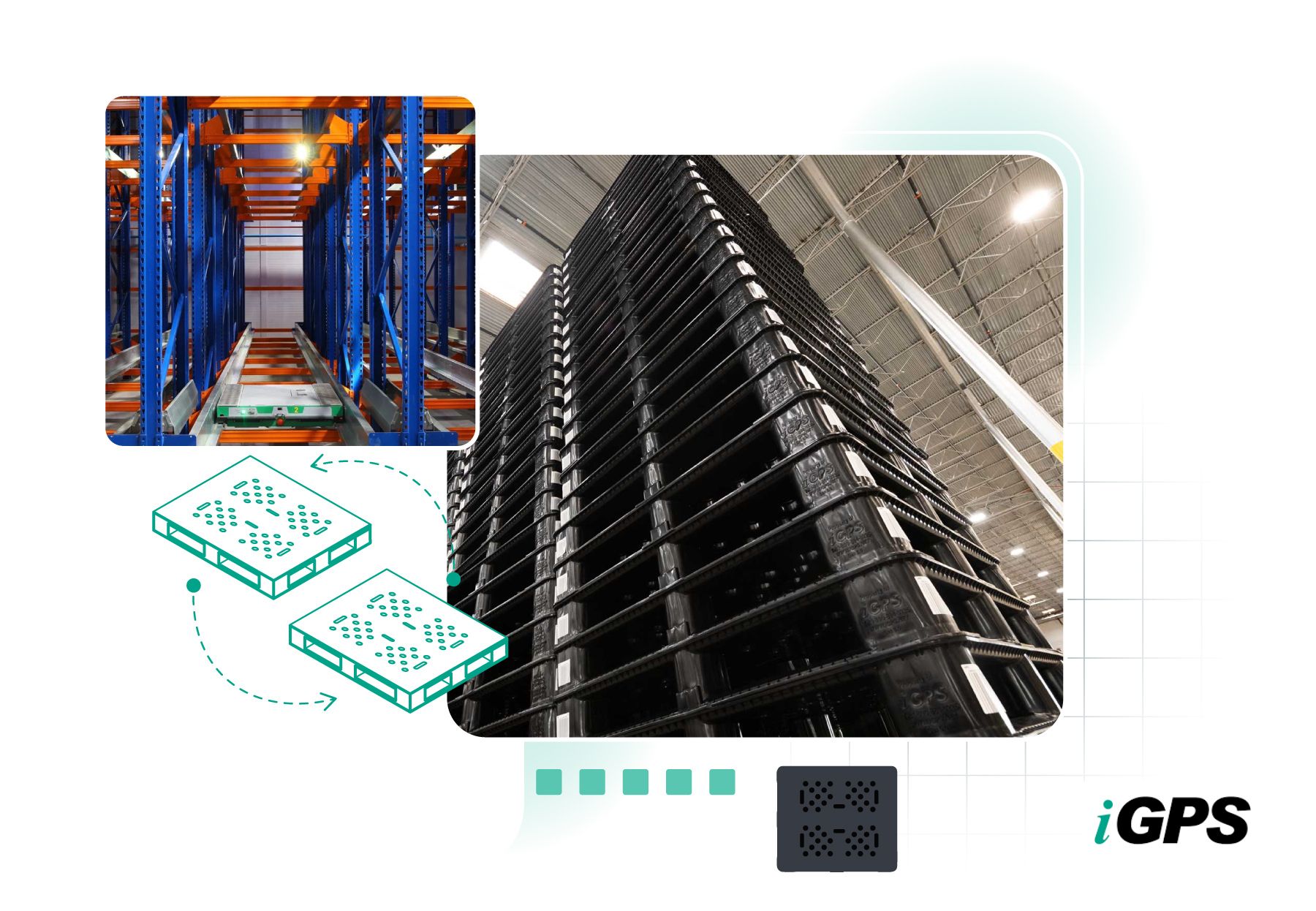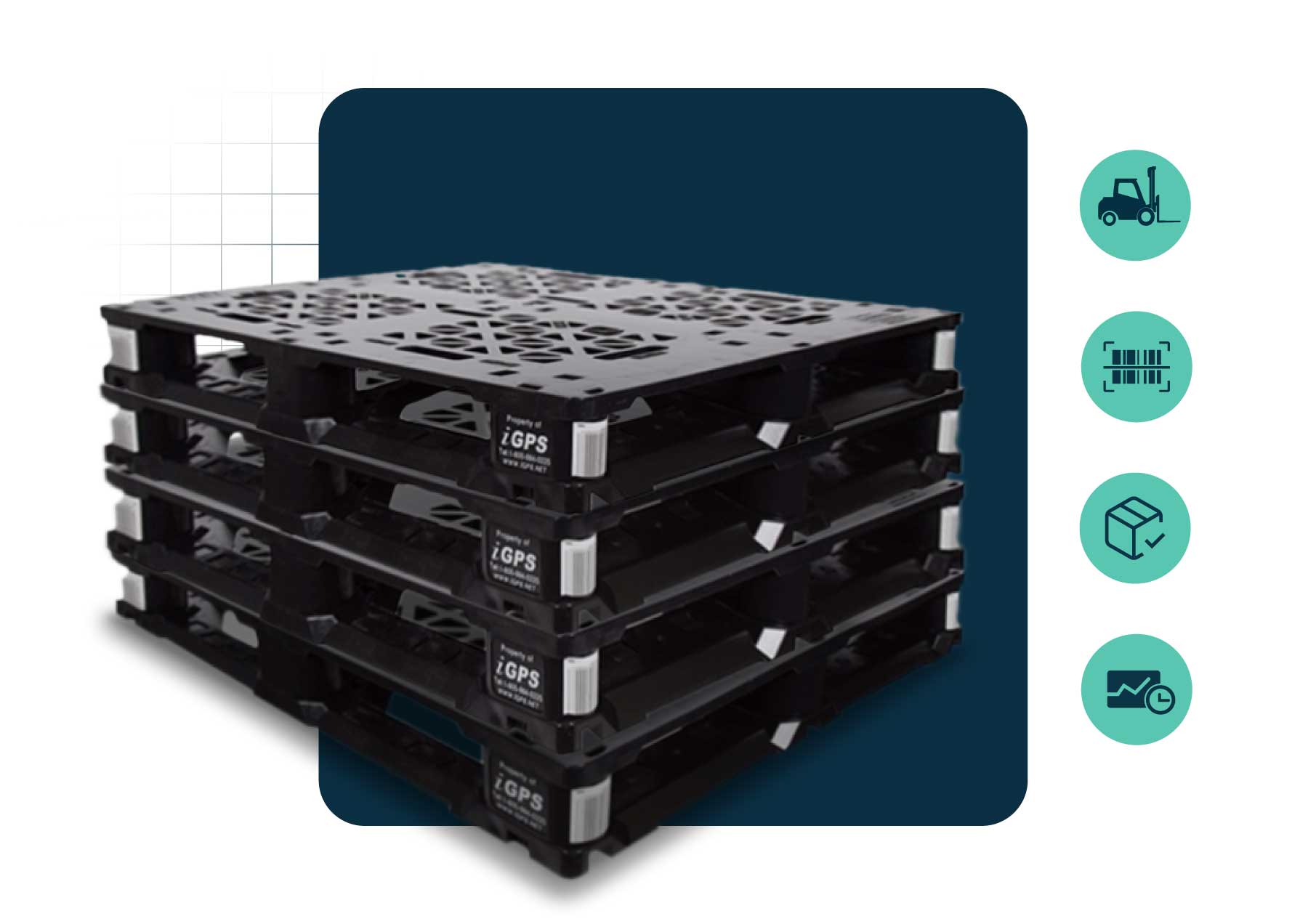Key Takeaways
- Operational efficiency is essential to supply chain success.
- Freight consolidation is an important strategy that allows shippers to maximize efficiency without sacrificing service.
- Freight consolidation refers to the practice of combining multiple smaller shipments into one larger shipment heading to the same destination.
- Enterprises that use this strategy can realize benefits that include reduced shipping costs, decreased freight damages, and improved transparency and environmental sustainability.
- Companies that embrace this strategy are poised for improved cost containment and a stronger competitive advantage.
Operational efficiency and cost-effectiveness remain essential priorities across the span of the national and global supply chain. From shippers, to carriers, to third-party logistics providers, enterprises are constantly seeking new ways to streamline operations, cut down on costs, and get goods delivered more quickly and reliably. As the e-commerce arena grows and as smaller, more frequent shipments become the norm, the freight consolidation strategy is allowing shippers to maximize load efficiency without sacrificing superior service.
Understanding freight consolidation — what it is, how it works, and the efficiency and sustainability benefits it offers — is crucial for supply chain leaders who strive to enhance both performance and profitability.
What Is Freight Consolidation?
Freight consolidation refers to the practice of combining multiple smaller shipments, often from separate shippers and different origins, into a single, larger shipment heading to the same destination or geographic region — an approach that can yield numerous advantages.
Instead of shipping each load individually, which can be costly and inefficient, logistics providers can group shipments together into one truckload or container. This consolidated freight is then transported as a combined larger shipment until it reaches a break point, where it can then be deconsolidated and delivered to final recipients.
The freight consolidation shipment method is especially common in less-than-truckload (LTL) shipping scenarios, but it is also used in both air and ocean freight. This approach helps fill available capacity and ensures that trucks, ships, and planes operate more efficiently with less empty freight and cargo space.
Advantages of Freight Consolidation
Reduced Shipping Costs
Among the most obvious and significant benefits of freight consolidation is lower overall shipping costs.
When shipments move individually, each shipment incurs its own fees — including handling charges, fuel surcharges, and minimum shipment costs. Combining multiple shipments into one consolidated load allows businesses to take advantage of significant economies of scale. The cost-per-unit of weight or volume decreases, because the costs of transportation are distributed across a larger payload.
Consolidated freight also often qualifies for full truckload (FTL) rates, which are generally less costly on a per-unit basis than shipping multiple partial loads. Companies that consistently ship small or medium volumes will find that consolidation can lead to considerable savings in the long term.
Some third-party logistics (3PL) providers specialize in freight consolidation services. These businesses are able to leverage their established networks to match shippers with others that are transporting goods to similar destinations. This enables even smaller businesses to benefit from the cost efficiencies traditionally available to bigger shippers.
Reduced Freight Damages
Yet another important benefit of freight consolidation is the reduced risk of freight damage.
Shipments that move through traditional LTL networks typically involve frequent handling and multiple touchpoints, including loading and unloading at distribution centers, cross-docking facilities, and terminals. Each step in the process can increase the risk of damage due to mishandling or exposure to environmental conditions.
Freight that is consolidated, on the other hand, often moves directly from origin to destination with less handling and fewer stops along the way, with reduced chances of damage or loss. Shipments that are packed together into a full load also tend to be more stable and secure during transit, with fewer opportunities for shifting, tipping, or crushing. This added protection can be invaluable in industries where inventory is costly and product quality is paramount, such as electronics and pharmaceuticals.
Reduced Emissions
As both companies and consumers place increased emphasis on the importance of environmental sustainability and green initiatives, freight consolidation also offers a meaningful way to reduce greenhouse gas emissions and organizations’ overall carbon footprint.
Empty or partially filled trucks consume fuel while carrying less cargo, which leads to increased carbon emissions. Consolidation helps maximize the load on every vehicle, meaning fewer trips and less fuel burned per unit of goods in transit. This also reduces the number of trucks on the road, which not only curbs pollution but also helps ease traffic congestion.
Companies with sustainability goals and reporting requirements have found that freight consolidation offers a practical and measurable reporting metric. Corporate sustainability reports often feature metrics that include “tons of CO2 saved” and “emissions saved per mile per unit shipped.” Consolidating shipments can directly contribute to improved performance in these areas.
Improved Transparency
Lastly, freight consolidation enhances supply chain transparency and offers improved visibility into shipments, delivery timelines, and potential areas of risk.
Consolidated shipments are frequently managed using sophisticated logistics platforms that track goods from multiple sources within a single system. Centralized tracking simplifies coordination, enhances communication, and enables both the shipper and receiver to monitor freight in real time throughout transport. Consolidation also typically streamlines the carrier network, reducing the number of hand-offs and giving supply chain managers a clearer and more unified view of a shipment’s progress.
This improved transparency supports proactive supply chain optimization. Shippers are better able to anticipate delays, optimize inventory management activities, and respond quickly as circumstances change. Customers, meanwhile, get more accurate delivery estimates and better service, which improves customer satisfaction, loyalty, and trust.
Moreover, consolidation partners often provide detailed reporting and analytics, enabling companies to track performance. Additional metrics and insights, including on-time delivery rates, damage incidents, and cost per shipment, can further drive supply chain optimization and strategic improvements.
As businesses of all sizes continue to identify smarter and more agile ways to navigate a complicated logistics landscape, freight consolidation is among numerous proven approaches for optimizing operations and improving sustainability. Companies that embrace this strategy are poised for improved cost containment, more satisfied partners and customers, and a stronger competitive advantage.
Frequently Asked Questions
What do freight consolidators do?
Freight consolidators combine multiple smaller shipments from different shippers into a single, larger shipment to optimize transportation efficiency, reduce costs, and minimize handling. They coordinate the pickup, packaging, transportation, and sometimes the deconsolidation of goods at the destination, ensuring that cargo moves more efficiently through the supply chain.
What is an example of consolidation in logistics?
An example of consolidation in logistics is when a freight forwarder combines shipments from several small businesses located in the same region into one full truckload destined for a distribution center. By doing this, the businesses share transportation costs, reduce transit times, and minimize the risk of damage compared to shipping individually.
Companies striving to optimizing their supply chain operations and costs depend on durable, lightweight iGPS plastic pallets for their shipping needs. For more information, contact us at 1-800-884-0225, email a specialist at switch@igps.net, or visit our contact page.



